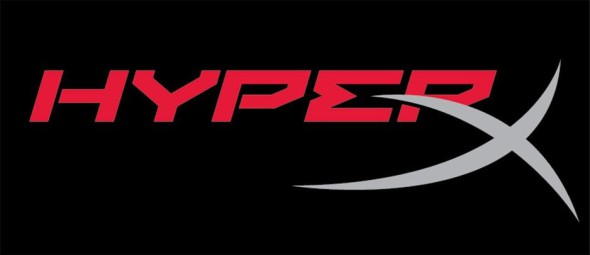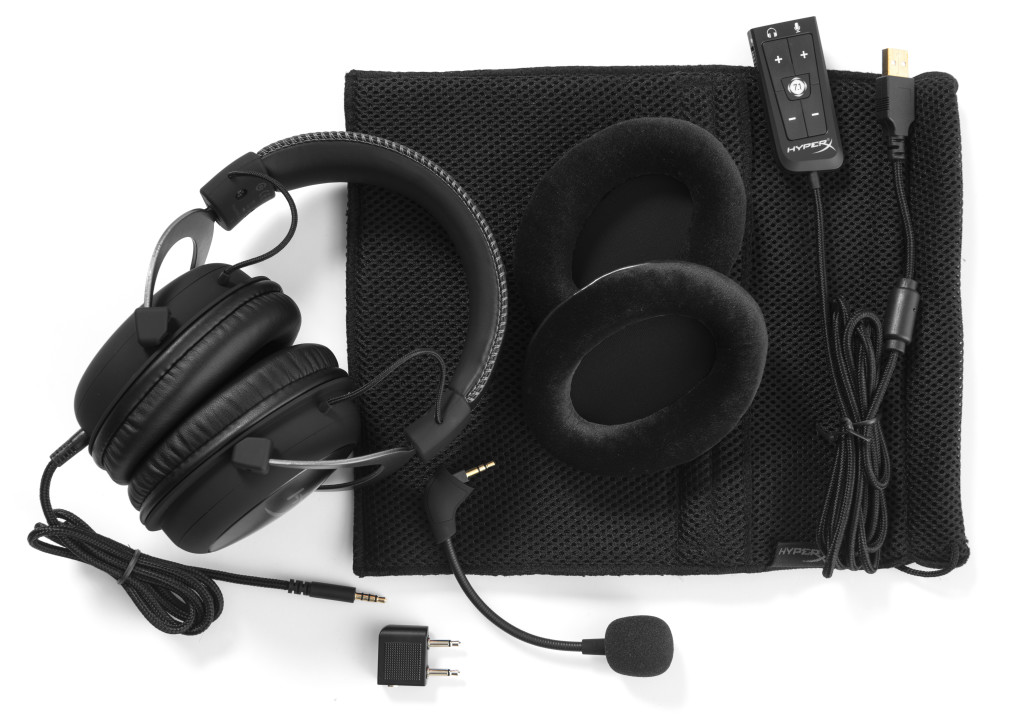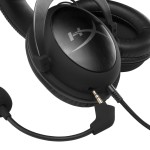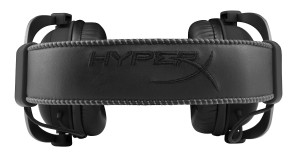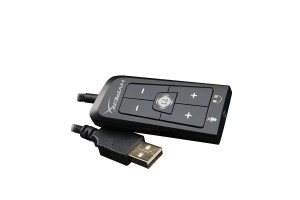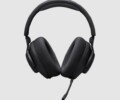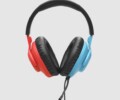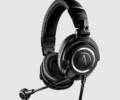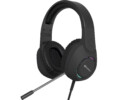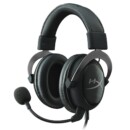
Developer: HyperX
Publisher: HyperX
Platform: PC, Sound devices with standard jack and consoles (depending on setup)
HyperX Cloud II – Hardware Review
We’ve had a few of HyperX’s products already pass the review, be it storage devices or some hardware boosts for our gaming setups. Even though these products already proved to be great, sometimes even better than the specifications the brand provides the user with, we were also wondering about how well their line of headsets actually is. That being said, we finally had the chance to get our hands on the good looking HyperX Cloud II and today we are able to present you with our thoughts.
Design
HyperX opted for a rather simple classy design, albeit with some nice features scattered all around the device. We had the chance to try out the Gun Metal version, which is a monotone black model, with some chrome finishes here and there. Whilst the basic layout of things is kept quite simple, the leathery finish of the ear pads is quite nice, as well as the finish of the headband itself.
The topside of the headband has the HyperX brand name stitched on it, adding some extra detail to the overall design. The HX logo on the sides of the ear cups is quite nicely done as well but most of all, the metal finish that connects the headband to the earpieces is done superbly. It may remind some to old school headsets, but it’s a welcome change to other headsets on the market. Even though the Cloud II isn’t the smallest headset out there, the metallic piece makes it look slimmer and more streamlined, making it appear smaller in size.
Just like most of the features of the headset, the detachable microphone is also rather retro with the foam cushion surrounding the actual mic. Overall this piece looks just like one may expect, without that many specific design features added to the mix.
Comfort
It’s easy to say that the Cloud II is a very comfortable headset. With the earpieces enclosing your entire ears, you will not have your ears squashed beneath some padding. You can choose between the leather pads or foam ones (or mingle for all we care, placing one on each side. Go nuts!), which are both included with the device. It’s simply a matter of taste, as the leather ones block out more environment noise, than the foam ones, thus you’ll have to decide for yourself if you’d rather have some environment noise or not.
In both cases, the ear pads, as well as the headband provide ample padding for you to survive longer gaming sessions, even though the headset has a slightly tighter grip than many other gaming headsets. Of course, adjusting the headband will relieve a bit of pressure when things get too tight for your own taste.
The weight of the headset is kept to a minimum and this is rather noticeable when wearing the Cloud II for longer periods of time. It will never get bothersome and some users might not even ‘notice it’s there’. Even though the device is kept rather light, this does not mean the durability or sturdiness had to make way for it. Overall the Cloud II is sturdy, yet light.
Specs
- Detachable and adjustable microphone
- Multiplatform (Xbox One needs the proper adapter)
- USB audio control box with DSP sound card
- 7.1 Surround sound
- 53mm drivers
Overview
Connecting the headset to your PC is pretty much a matter of plug and play, as you’ll be up and running in a few moments. You can simply choose between the standard 3.5mm jack, if you just want headphones and nothing more, or you can connect the control box, which turns everything into a USB device, unlocking the features the box has to offer. That being said, we did have a few issues connecting the USB device to some computers, where it wasn’t immediately recognized, which was often fixed by messing around with the audio settings a bit. If you already have speakers connected to your PC (or the internal speakers of your laptop) you’ll have to set the Cloud II as your main device in the control panel, in the sound options, if you want to hear music through your ear pads. If not, you’ll simply be able to use the device for calling/teamspeak purposes, rendering the 7.1 rather useless. Nonetheless, this tip can do a lot. (You can also just unplug your external speakers.)
If you’re thinking of using the headset for other devices, connection will be a bit more tricky, as for example for the Xbox One you’ll need an extra connection piece in order to get it to work. Simple audio devices that use the standard jack aren’t really a problem, but when you use the Cloud II this way, you’ll notice that the cable, without the control box extension, is actually rather short. It will suffice in most cases, but you will not have that much room to actually move around.
The control box itself is rather simple and indicates clearly which function is which. You’ll be able to mute the microphone, control the volume settings of the audio, as well as your own mic and turn on/off the nifty 7.1 surround sound boost. The latter can be a bit overwhelming if you’re not a fan of surround sound, but it is certainly a great boost when playing certain game genres to amp up the realism level. Nonetheless, the external sound card handles this boost quite well.
Conclusion
HyperX’s Cloud II is a valuable asset to one’s gaming setup, as the classy design suits any gaming rig, but more importantly the overall quality is great. You’ll be treated to a multiplatform device, with 7.1 surround sound, for a very affordable price, especially when looking at many competing products on the market. Cloud 9 might be one step closer when considering this one.
HyperX Cloud II - Hardware Review,
